23 May Vehicle Rear-Ended During Left-Hand Turn
The Plaintiff in the case of Harry v. Kalutharage, 2019 BCSC 579, was involved in three motor vehicle accidents. The Plaintiff was not at fault for accidents #1 and #3. However, liability for accident #2 was disputed.
In accident #2, the Plaintiff rear-ended the Defendant as both were attempting to turn left. There were significant discrepancies between the Plaintiff and Defendant’s versions of events, particularly with respect to the colour of the light at the time of the left hand turn.
The Plaintiff testified that she was in the left turning lane behind the truck driven by the Defendant. As she approached the intersection, the Defendant was already in the intersection and the light was green. As she was making her turn, the light turned yellow and the truck suddenly stopped in the middle of the intersection. Although she applied her brakes, she rear-ended the truck. The Plaintiff acknowledged in cross-examination that her view was somewhat obstructed by the truck, such that she could not see the curb lane for oncoming traffic.
The Defendant testified that as he approached the intersection the light was green, and he was first in line waiting for oncoming traffic to clear so that he could turn left. He started to make his left hand turn after the light for oncoming traffic had turned red and the traffic had stopped. However, as he turned a sports car suddenly “bolted” into the intersection through the red light. In order to avoid colliding with this car, the Defendant had to brake suddenly. When he stopped, he was rear-ended by the Plaintiff.
After the collision, all three vehicles moved out of the intersection. As the Defendant got out of his vehicle and approached the sports car, the driver quickly drove off. Neither party was able to note the licence plate of the sports car.
Although the Judge preferred the evidence of the Defendant over that of the Plaintiff, she still had to determine who was responsible for the accident.
The Plaintiff argued that the unidentified driver who fled the scene was at fault, because there nothing either she or the Defendant could do to avoid the collision. In the alternative, the Plaintiff thought that the Defendant should be found 100% liable for the accident for braking without reason. The Defendant’s position was that while he abruptly stopped in the intersection to avoid hitting the third vehicle who had run the red light, it was the Plaintiff who was solely responsible for the accident.
The Judge found that the Defendant had due cause to abruptly stop to avoid colliding with the rogue driver. In addition, the Plaintiff was obligated to maintain sufficient space between herself and the Defendant’s truck, and to drive her vehicle safely. She did not do so, as she decided to attempt a left hand turn on a red light while following too closely.
The Judge went on to say that the standard of care of a driver is not perfection, but is that of an ordinary prudent person. A reasonable, ordinary person who follows a left turning truck which obstructs the following driver’s view of oncoming traffic would, in entering an intersection at a yellow light, anticipate the possibility that there would be sudden braking that would require the following driver to leave more room between his or her vehicle and the leading vehicle. The Plaintiff failed to do this.
The Judge found the Plaintiff 100% liable for the accident.


